Britain's beautiful green lanes: The charming remnants of leafier times, untouched by the modern world
Although they’re difficult to define, the charm of a green lane – be it a footpath, bridleway, byway or road – is its mystery and otherworldliness, says John Wright.
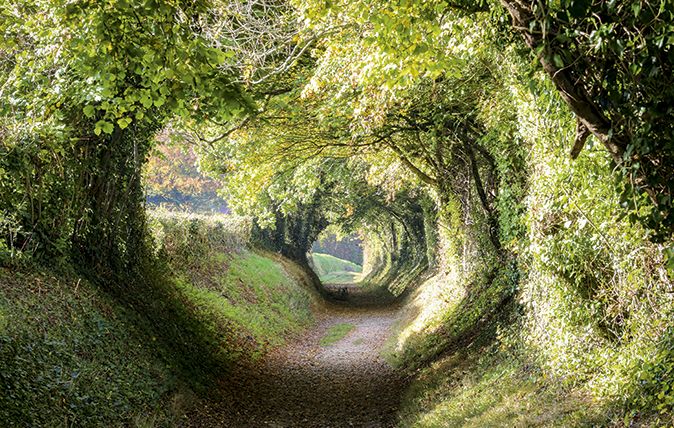
A natural tunnel of trees in the West Sussex countryside near Halnaker

Hogg Cliff Farm in west Dorset was my home for four years. I was newly married, highly impoverished and lacking transport, so a shopping expedition to our village involved a two-mile trek. Down the chalk-hill track, up again through the steep woodland path, across two fields and down, down the flinty and steeply banked Drift. Returning home involved two hill climbs, so shopping was done with considerable care.
The Drift is an ancient drove-road that allowed stock to be brought to and from our long-lost village market – and it’s a green lane.
Green lanes defy precise definition and have no legal status. They can be a footpath, bridleway, byway or road; they can be public or private. They can run for scores of miles or just for a hundred yards.
The general conception of them, however, is a rural trackway of some antiquity, which is unmetalled, often with high or overarching hedges and, on the less frequented lanes, sporting a sward – hence ‘green lane’.
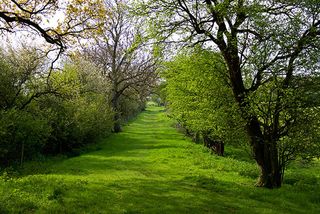
Nearly every town possesses one somewhere, a memory of leafier times, although it may be in suburbia, next door to Coronation Street or on an industrial estate. There are, nevertheless, thousands of miles of green lanes largely untouched by the modern world and they are among the most enchanting and accessible delights of the countryside.
Knowledge of their origin is, however, often lost to us. Some will be Iron Age paths between fortifications, some a development of the deep, V-shaped boundary ditches between manors. The shorter ones may owe their existence to the necessity of accessing the ‘waste’ (the wild part of a manor left for the workers) for firewood and forageable plants. And then, of course, there are the drove-roads.
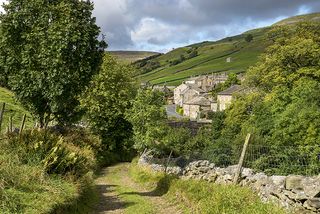
I know every inch of the Drift, from the riot of pink redcurrant flowers at the bottom, along elder, hawthorn, blackthorn and spindle, to the occasional stinkhorn fungus near the top. Halfway up is a gateway into a steeply sloping field and a green valley. Here, I always rest on the conveniently positioned and massively swollen stem of a once-laid hedging beech. On one late-night walk, we found fireflies illuminating the hawthorns like Christmas-tree lights.
Sign up for the Country Life Newsletter
Exquisite houses, the beauty of Nature, and how to get the most from your life, straight to your inbox.
The Drift is high and free and airy. Unsurprisingly, Hell Lane is not. I discovered this well-known ‘holloway’ while on an excursion to photograph hedgerow plants around Bridport in west Dorset. The passage of people, animals, carts and floodwater over centuries has eroded the path to such a depth that the soft sandstone has formed near cliffs on either side.
It’s dark, damp and has an otherworldly feel, like a ruined cathedral. The walls are festooned with mosses, lichens, shade-loving plants and extensive and venerable graffiti. It is, above all, romantic.
Much poetry has resulted from our romantic view of green lanes – ‘Whene’er I walk with thought o’ercast, Along the old green lane’ – but this masks a darker history. Boundaries, wills and rights of way bring out the very worst in people and disagreements about access continue to this day. An example from 1840 finds Governor Darlaston defending his failure to remove a fallen tree obstructing a green lane under his care by insisting to the jury that ‘God Almighty put it there, and God Almighty shall remove it, for I will not’.
Green lanes appear to be favourite places for robbery and even murder. Ireland set the criminal standard low in 1844, with a murder by two brothers of an older man. The dispute that caused the unfortunate to be bludgeoned to death took place in the green lane under question.
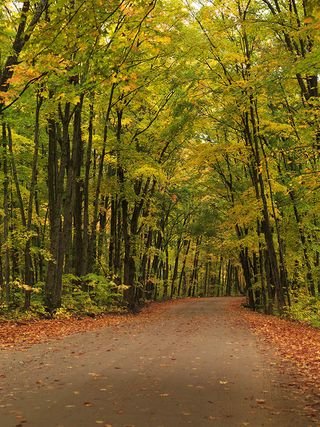
Today, apart from the tiresome issue of landowners blocking public rights of way with barbed wire, notices promising damnation and shouts of abuse, there is the equally tiresome matter of who can use a green lane – the ‘who’ that people complain about being ‘off-roaders’. The latter, it is claimed, damage the lanes with their four-wheelers and motorbikes and frighten both horse and human.
Campaigning groups from either side have set up organisations defending their views. Legislation in 2006 largely settled the matter (although to no one’s complete satisfaction), limiting the use of green lanes by motorised vehicles to a few classes of lane. The legislation is complex to the point of incomprehensibility and so the arguments continue.
As a Nature lover and the proud owner of a four-wheel-drive, testosterone-powered pickup, I have mixed feelings. Perhaps the answer is to restrict off-road access to only me. I will be careful, I promise.
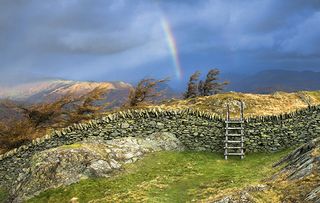
Country crossings: a stile guide
Steven Desmond climbs back through history to uncover the origins of the stile and understand why these charming country crossings
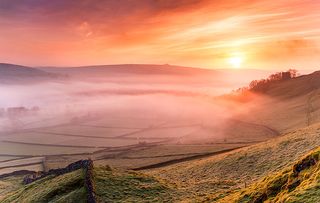
Credit: Getty
The art of the sunrise and sunset: How the greats have captured Nature's finest display
A truly spectacular sunrise or sunset is one of Nature’s greatest achievements. Jay Griffiths explores our timeless desire to capture
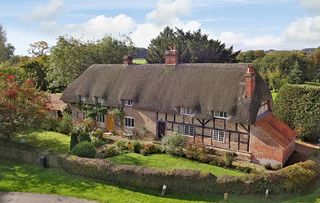
Dreamy properties in Areas of Outstanding Natural Beauty
Green and pleasant.
Country Life is unlike any other magazine: the only glossy weekly on the newsstand and the only magazine that has been guest-edited by HRH The King not once, but twice. It is a celebration of modern rural life and all its diverse joys and pleasures — that was first published in Queen Victoria's Diamond Jubilee year. Our eclectic mixture of witty and informative content — from the most up-to-date property news and commentary and a coveted glimpse inside some of the UK's best houses and gardens, to gardening, the arts and interior design, written by experts in their field — still cannot be found in print or online, anywhere else.
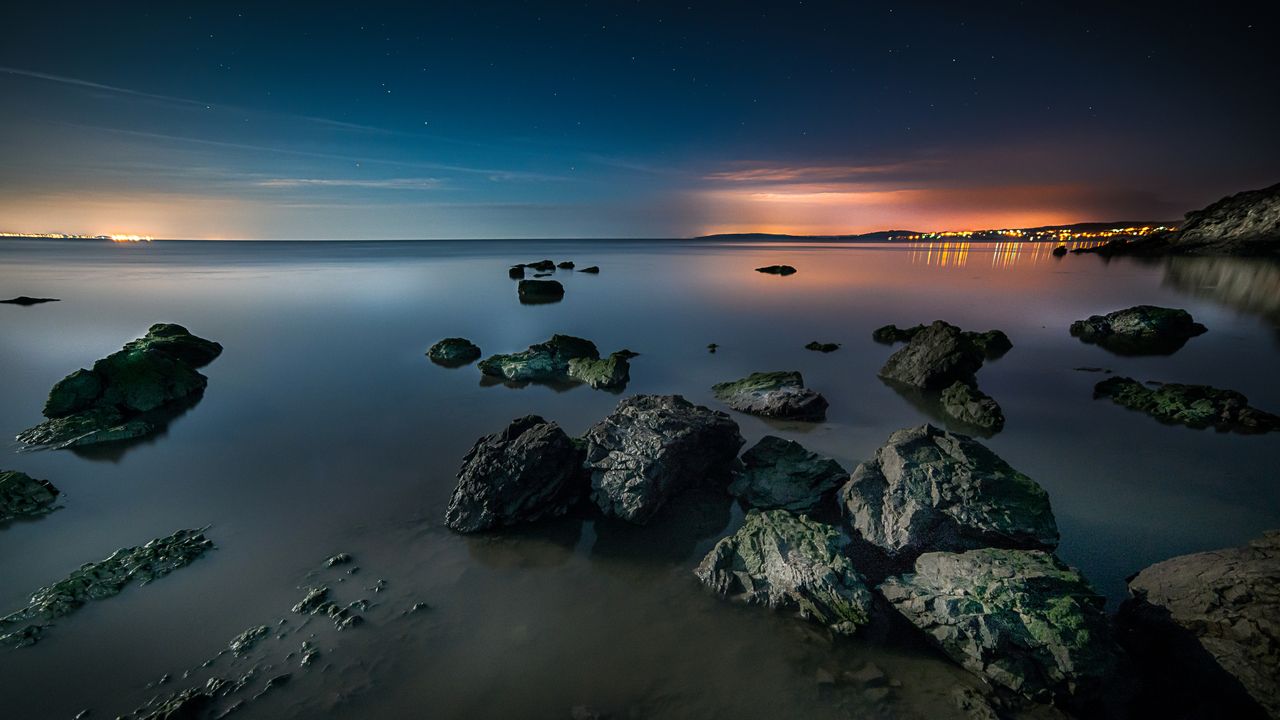




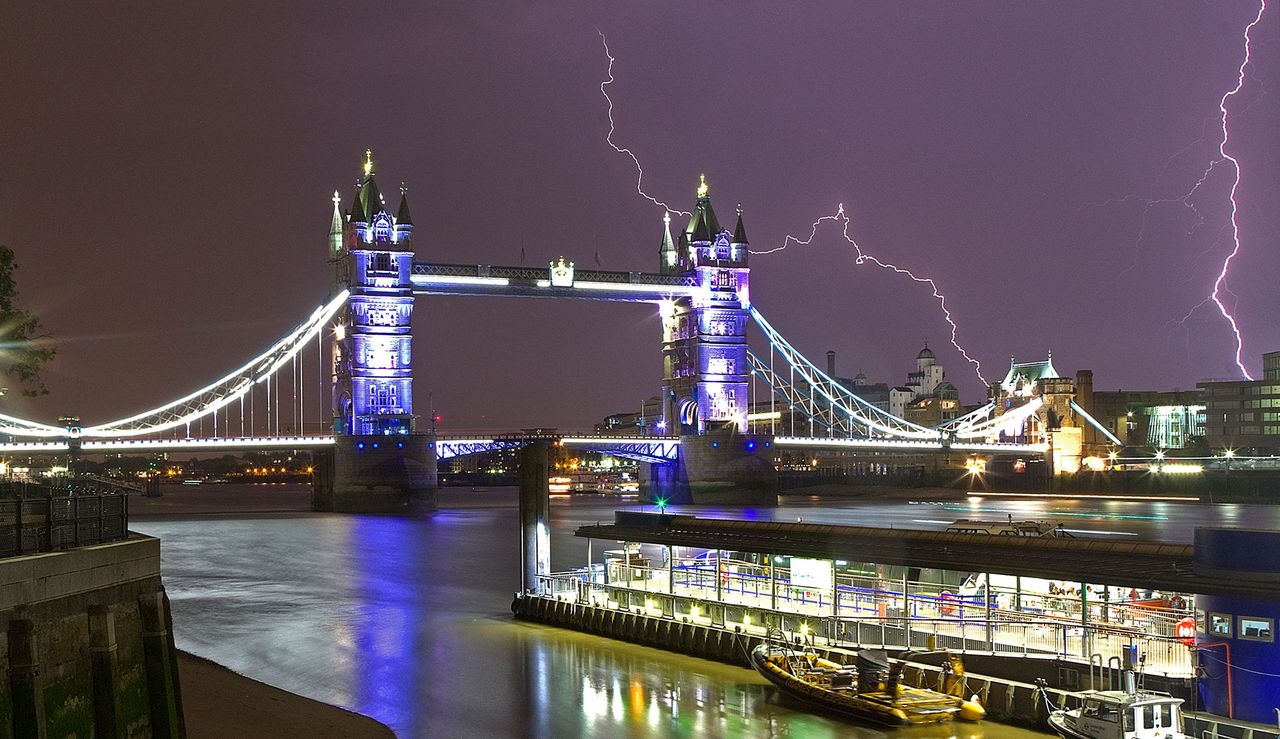

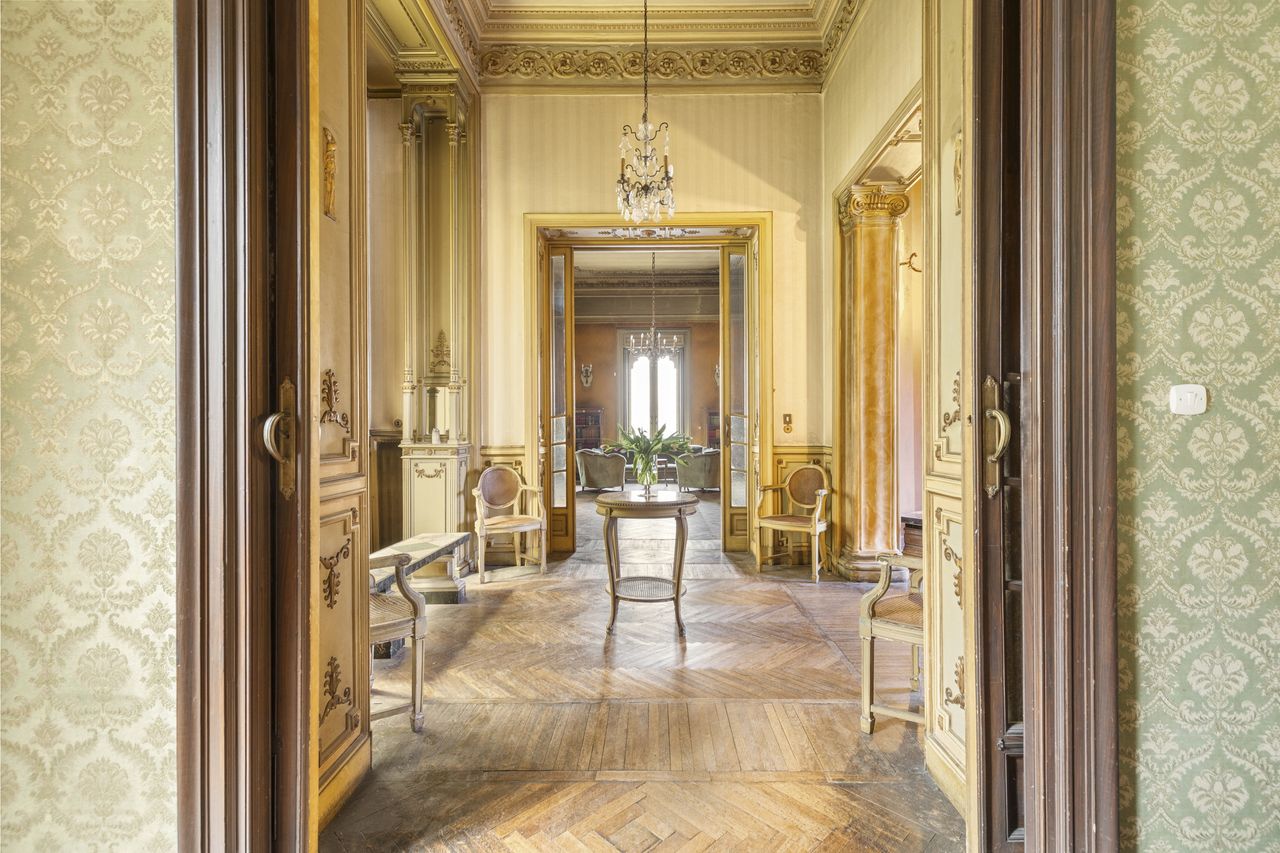


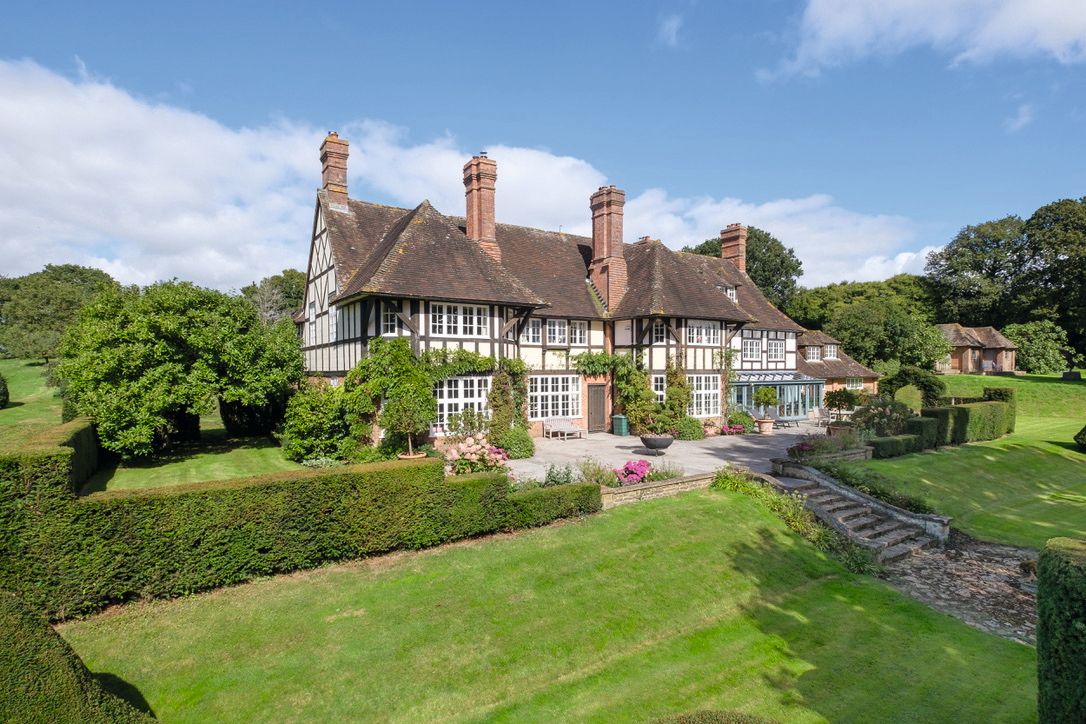
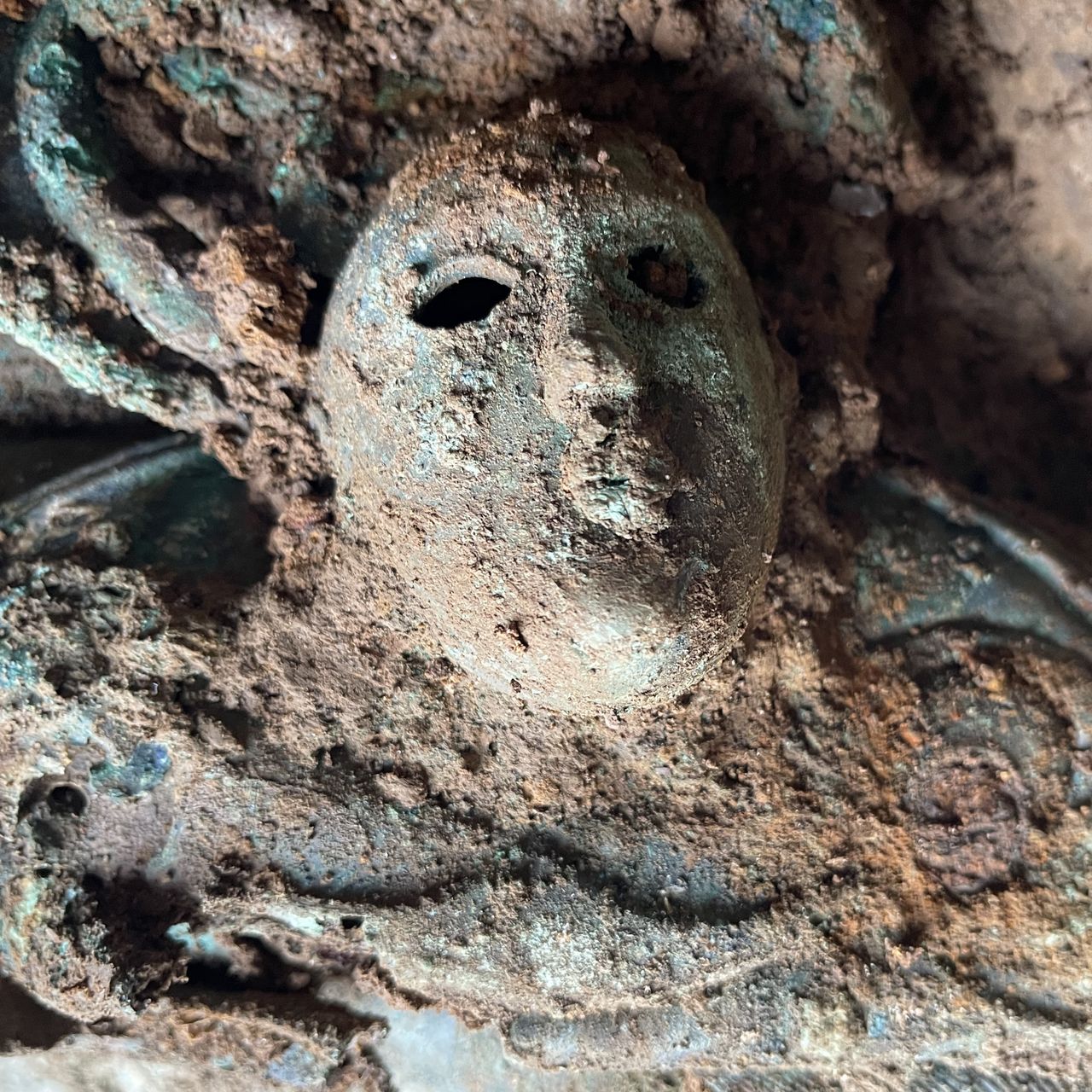
-
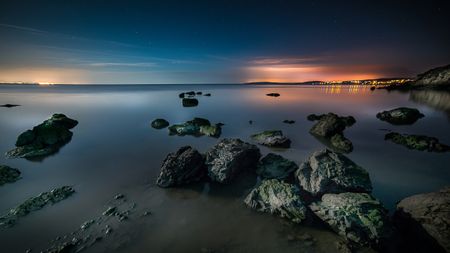 Sitting on the dock of Morecambe Bay: Country Life Quiz of the Day, March 26, 2025
Sitting on the dock of Morecambe Bay: Country Life Quiz of the Day, March 26, 2025The English coast, a classic proverb and the red admiral butterfly all star in Wednesday's quiz.
By Toby Keel Published
-
 Name that hat! Country Life Quiz of the Day, March 25, 2025
Name that hat! Country Life Quiz of the Day, March 25, 2025Tuesday's quiz has a wartime property for sale, plus popes, linoleum and more.
By Toby Keel Published
-
 The most successful dog breed in the history of Crufts? Country Life Quiz of the Day, March 24, 2025
The most successful dog breed in the history of Crufts? Country Life Quiz of the Day, March 24, 2025Plus the stars in the sky and a curiously-named colour.
By Toby Keel Published
-
 What was Queen Victoria's real first name? Country Life Quiz of the Day, March 21, 2025
What was Queen Victoria's real first name? Country Life Quiz of the Day, March 21, 2025Plus the stars in the sky and a curiously-named colour.
By Toby Keel Published
-
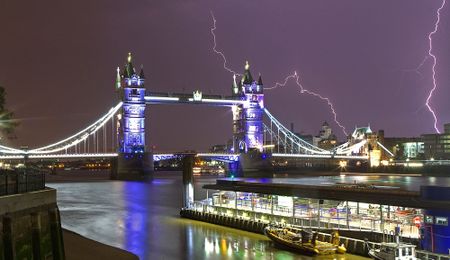 How many times a year does Britain get struck by lightning? Country Life Quiz of the Day, March 20, 2025
How many times a year does Britain get struck by lightning? Country Life Quiz of the Day, March 20, 2025Plus Freddie Mercury's house and more in Thursday's quiz of the day.
By Toby Keel Published
-
 Red squirrels vs grey squirrels: Country Life Quiz of the Day, March 19, 2025
Red squirrels vs grey squirrels: Country Life Quiz of the Day, March 19, 2025Plus men in the moon and more in Wednesday's quiz of the day.
By Toby Keel Published
-
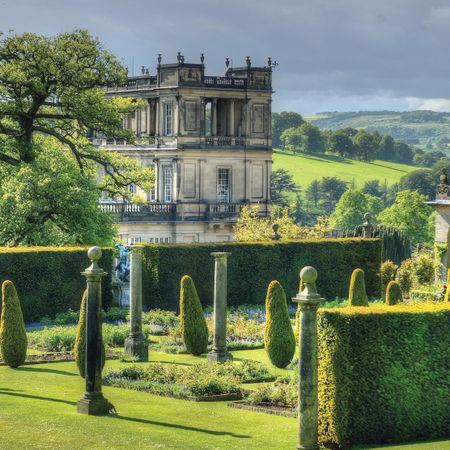 Chatsworth, Dickens heroines and flying non-stop to Sydney: Country Life Quiz of the Day, March 18, 2025
Chatsworth, Dickens heroines and flying non-stop to Sydney: Country Life Quiz of the Day, March 18, 2025A wonderful property at a somewhat unbelievable price,
By Toby Keel Published
-
 James Bond Island, Britain's best Best Actor and more: Country Life Quiz of the Day, March 17, 2025
James Bond Island, Britain's best Best Actor and more: Country Life Quiz of the Day, March 17, 2025Start your week off with Monday's Quiz of the Day.
By Toby Keel Published
